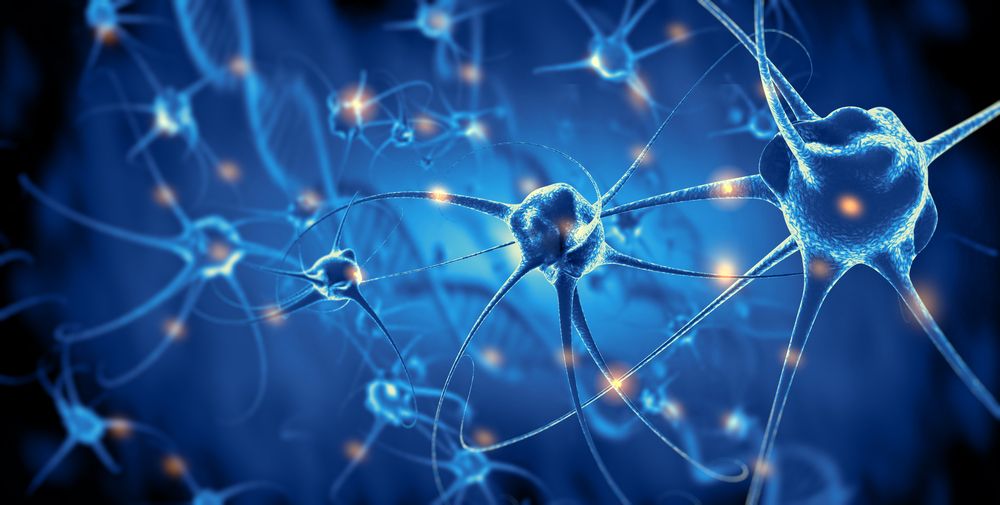
A new study by Calico found that our genes determine our lifespan much less than previously accepted and lifespan heritability is less than seven percent.
Although long life tends to run in families, genetics has far less influence on life span than previously thought, according to a new analysis of an aggregated set of family trees of more than 400 million people. The results suggest that the heritability of life span is well below past estimates, which failed to account for our tendency to select partners with similar traits to our own. The research, from Calico Life Sciences and Ancestry, was published in Genetics.
“We can potentially learn many things about the biology of aging from human genetics, but if the heritability of life span is low, it tempers our expectations about what types of things we can learn and how easy it will be,” says lead author Graham Ruby. “It helps contextualize the questions that scientists studying aging can effectively ask.”
Continue reading “Family tree of 400 million people shows genetics has limited influence on longevity” »


















